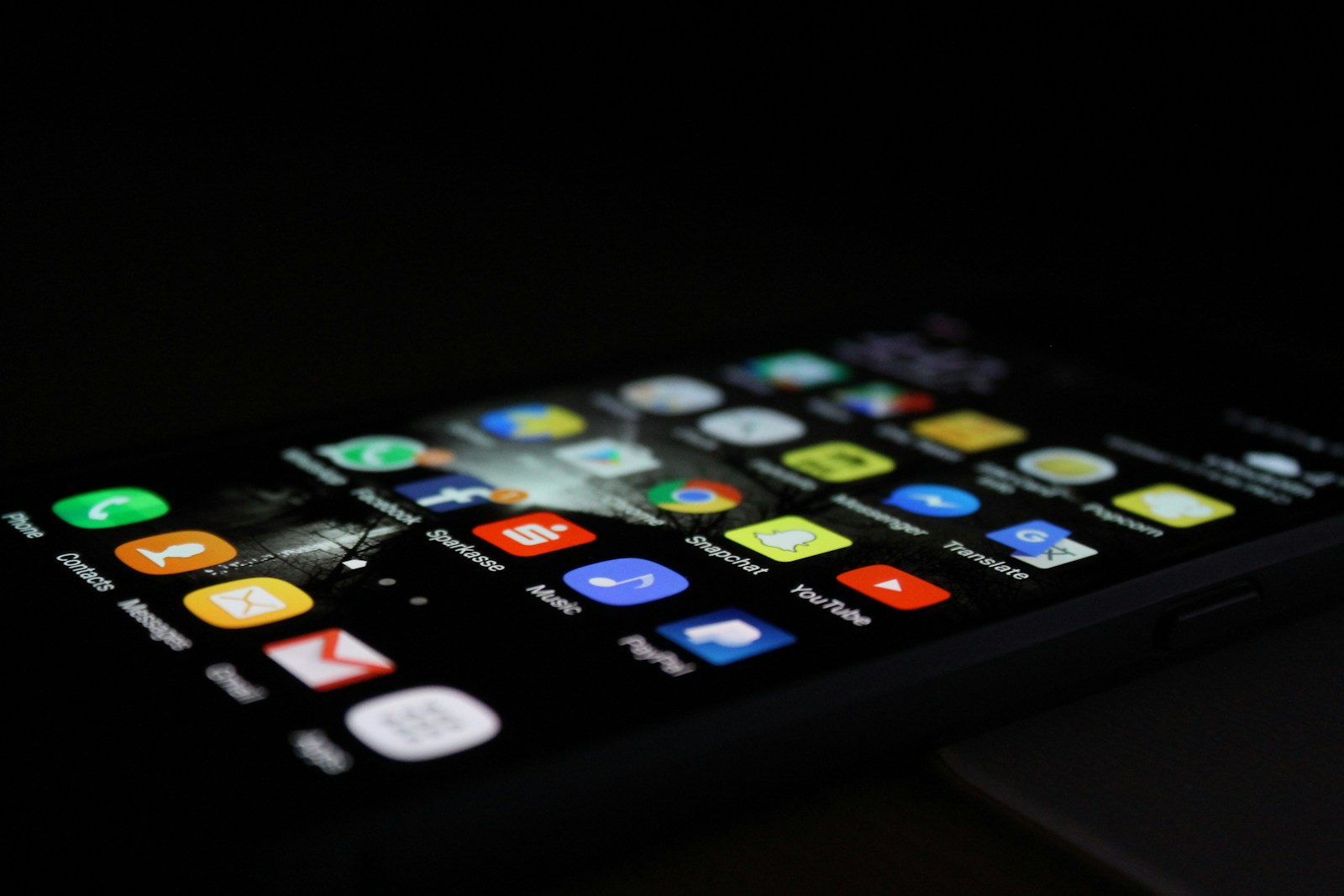
Driven by widespread smartphone adoption and ever-improving technology, the app industry has grown incredibly over the last ten years. Today, apps have transformed our lives, from messaging, shopping, and streaming to banking and accessing our favorite games.
This global expansion has created many opportunities for developers to enter the market and monetize their apps by reaching an international audience. And with plenty of AI and software tools readily available to help build apps, the opportunity is now open to anyone with a good idea.
Of course, there’s much more to building an app than a good idea or choosing the color palette. players need an app that meets their functional needs while being a delight. But, if you think you’ve got a great app idea, here’s our guide on how to make it a reality.
- Clarify Your Idea
It’s crucial to pinpoint exactly what problem or need your App will solve. What will set it apart from the thousands of other apps in a highly competitive market? Key questions to consider are:
- What is the App’s main goal?
- What primary does it solve?
- Who is your target audience?
- How does this problem impact them?
- How will this App improve their lives?
- Do solutions to this problem already exist, and can I improve upon them if so?
To help answer these questions and better understand the goal of your App, it’s a good idea to conduct market research.
- Market Research:
Look at existing apps to identify trends or gaps in the market. What are the best features and functions of the apps currently on the market? Can you spot any weaknesses, opportunities, and potential challenges? Define the target audience for your App and conduct player research to understand customers’ behaviors, motivations, and pain points.
Once you’ve gathered your information, create a design document detailing your findings. This can then be consulted throughout the design process to ensure your app design meets its ultimate goal.
- Designing Your App
While apps need to solve a problem, they must also be easy and enjoyable. Buttons, menus, icons, colors, layout, and more are all part of the overall experience and must provide a clean and intuitive player experience.
Popular App features you should keep in mind:
- Push notifications
- Payment capabilities
- Social media integration
- In-app support
- Language options
- Ratings and reviews
- Personalization
- Create a Wireframe
Wireframes are a rough layout of your mobile App and are a valuable tool for helping you visualize how your finished App will look. They can simply illustrate the App’s features and layout and are easily created on a whiteboard, notepad, or digital wireframing tool. Wireframes also allow you to get player feedback and make any necessary alterations.
- Build a Prototype
Once the wireframes are done, it’s time to build a prototype. This will bridge the design phase and the finished product, and let you visualize how players will interact with your App.
Prototypes help you decide on the final design, including layout, functionality, color scheme, etc. They ensure everything works correctly before progressing along the design process, potentially wasting time and resources.
- Coding Your App
Two different processes are going on here:
- Back-end development focuses on app functionality and how it works behind the scenes.
- Front-end development focuses on the App’s appearance and what the player can see and interact with.
While it’s great to have some coding ability when it comes to developing apps, plenty of coding and app-building tools are out there to help you along the way.
- Testing
Before releasing your App, testing is crucial to ensure all the features and functions work as expected. Refer to your design document to ensure you are meeting all the goals you set out to achieve. Key questions include:
- Does the App perform as expected?
- Is it compatible with the relevant operating systems?
- Are players facing any challenges?
- Are there any bugs or issues?
Incorporate any necessary changes, then rerun your tests to ensure everything works smoothly.
- Launch
Now your app is ready; it’s finally time to release it. You can submit iOS apps to the Apple App Store or use the Google Play Store for Android apps. Apple and Google Play have specific submission guidelines for releasing apps, so carefully review these before submitting.
Once your app is up and running, monitoring its performance and player reviews is essential, and keeping an eye on the competition, regular updates will ensure your App continues to meet the requirements of players and help improve your all-important app rating.



